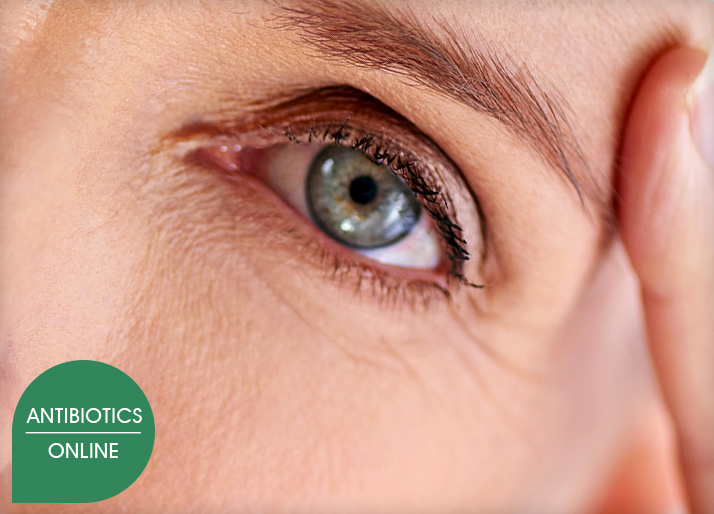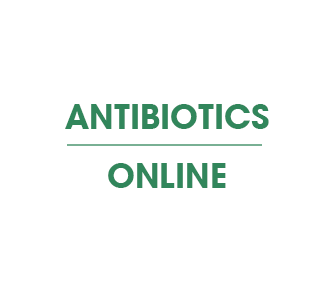Conjunctivitis: causes, symptoms and treatment
Do you wake up one morning with a red, irritated, watery eye? It could be conjunctivitis. Common and generally benign, this condition affects the thin membrane that covers the white of the eye. But it can be particularly embarrassing. Learning to recognise the signs of conjunctivitis will help you to react appropriately so that you can quickly regain comfort and healthy eyes.
- What is conjunctivitis?
- The different types of conjunctivitis
- Is conjunctivitis contagious?
- The symptoms of conjunctivitis
- Causes of conjunctivitis
- How long does conjunctivitis last?
- How is conjunctivitis diagnosed?
- What treatments are available for conjunctivitis?
- Advice on preventing the onset of conjunctivitis
- Frequently asked questions
What is conjunctivitis?

Conjunctivitis is characterised by inflammation of the conjunctiva, the transparent membrane that lines the white part of the eye and the inside of the eyelid. It can affect both eyes or just one, causing irritation, redness and often a feeling of sand or a foreign body in the eye.
This condition can have a variety of causes, including infection, allergy or exposure to irritants. Depending on the cause, it can range from mild to severe, and can cause clear or purulent discharge, temporary blurred vision and significant discomfort.
It can affect people of all ages, children and adults alike. Certain forms occur more frequently depending on the season, in particular allergic conjunctivitis, which peaks in spring and summer.
Recognising the signs early and consulting a GP or ophthalmologist can help diagnose the underlying cause.
Conjunctivitis in babies
When it affects newborn babies, it is known as neonatal conjunctivitis. This is mainly the result of infections contracted during childbirth and obstruction of the lacrimal ducts.
Signs include redness and swelling of the eyelids, clear or purulent eye discharge and increased sensitivity to light.
When faced with these signs, local treatment is important to improve the comfort of children suffering from conjunctivitis. Treatment varies according to the cause, ranging from the application of antibiotic eye drops to gentle techniques such as massage to unblock blocked tear ducts.
A word from the medical team
"Infectious conjunctivitis is highly contagious and improves with local care. To do this, wash your hands, clean your eyes with saline solution, then apply the prescribed antiseptic or antibiotic treatment. If necessary, ask those around you to help you apply the treatment. If you wear contact lenses, remember to remove them while the conjunctivitis is being treated."
The different types of conjunctivitis
Viral conjunctivitis
This is often caused by the same viruses that cause the common cold. This form is particularly contagious and can spread rapidly in communities or households. It causes profuse tearing and a sensation of a foreign body in the eye.
Bacterial conjunctivitis
This acute form, which occurs suddenly, is the result of an infection by bacteria and can cause thick, yellow or green secretions. It is also contagious and requires rigorous hygiene to prevent transmission. To treat it, the doctor may prescribe antibiotic eye drops or ointments.
Allergic conjunctivitis
This is a reaction to allergens such as pollen, dust or animal hair. It is not contagious and is characterised by itching, redness, swollen eyelids and watery eyes. Treatment aims to relieve symptoms and may include anti-allergy eye drops and measures to avoid exposure to allergens.
Mechanical or chemical conjunctivitis
This type of conjunctivitis results from irritation caused by a foreign body in the eye or exposure to chemical substances. It is not contagious, but often requires immediate eyewashing and, in some cases, a medical prescription to prevent damage to the cornea.
Is conjunctivitis contagious?
Some forms of conjunctivitis, particularly viral and bacterial, are highly contagious. Transmission can occur through direct contact with the eye secretions of an infected person or through objects that have been in contact with them, such as towels or make-up.
Conversely, in the case of an allergy, conjunctivitis is not contagious, as it is the result of a reaction to allergens and not an infection. It is therefore important to recognise the type of conjunctivitis in order to adopt the appropriate preventive measures.
The symptoms of conjunctivitis
Learning to recognise conjunctivitis means you can react better at the first sign. Conjunctivitis manifests itself as marked redness of the eye or eyes, accompanied by itching and a burning sensation, often described as a feeling of having a foreign body in the eye.
In some cases, you may notice swelling of the eyelids, an abnormal discharge that may be clear or purulent, blurred vision and increased sensitivity to light.
Allergic forms are characterised by severe itching and increased watering.
If these symptoms are accompanied by fever or intense eye pain, you should consult your doctor. These signs may indicate more serious illnesses.
Some of these symptoms may also be associated with eczema or ocular herpes, which is why it is so important to consult a doctor for a diagnosis.
Causes of conjunctivitis
Viral and bacterial forms are often the result of infection by specific pathogens. Viral conjunctivitis is generally caused by the same viruses that cause the common cold. Bacterial conjunctivitis, on the other hand, results from infection by bacteria such as Staphylococcus aureus or Haemophilus influenzae, which can cause purulent secretions.
Allergic conjunctivitis, on the other hand, is a reaction to environmental allergens such as pollen, dust or animal hair, leading to intense itching without being contagious.
Environmental factors can also cause irritant conjunctivitis. These include prolonged contact lens wear, exposure to chemicals or smoke, or children who regularly touch their eyes.
Understanding these causes is essential for preventing contagion and guiding the choice of treatment, as some forms can persist and become chronic.
How long does conjunctivitis last?
Symptoms of bacterial conjunctivitis disappear within 2 or 3 days of starting treatment.
Viral conjunctivitis lasts longer. It will take several days to a week to get rid of the virus.
How is conjunctivitis diagnosed?
Diagnosis is based on a clinical examination. Distinguishing between viral, bacterial and allergic forms may require a more thorough ophthalmological examination, including, in some cases, eye secretion tests.
What treatments are available for conjunctivitis?
Treatment of infectious conjunctivitis
The treatment for infectious conjunctivitis is based initially on regular eye washing with physiological saline solution. In the case of bacterial conjunctivitis, an antibiotic eye drop is added.
Your doctor may prescribe an additional local treatment if he or she deems it necessary.
Treatment of allergic conjunctivitis
Treatment is based primarily on limiting exposure to the allergen in question. To treat allergic conjunctivitis, there are eye drops containing antihistamines. These act locally and quickly to relieve irritation.
It may also be necessary to seek the advice of an allergist. He or she will be able to carry out an allergological assessment to identify the allergens responsible for your allergic reactions, and issue a prescription in the event of an attack.
Depending on the allergens involved, he or she may also suggest desensitisation to get rid of the allergy once and for all.
Natural treatment for contact conjunctivitis
In the event of eye irritation caused by contact with an external substance (shampoo, make-up, cleaning product or other product), artificial tears in the form of eye drops can be obtained from a pharmacy, providing immediate relief.
However, in the case of contact irritation, only total removal of the cause can lead to permanent healing.
The hardest part may be identifying the source. Don't hesitate to talk to your doctor, who will be able to help you, or refer you to a specialist if necessary.
Advice on preventing the onset of conjunctivitis
Simple but effective hygiene measures can greatly reduce the risk of developing this condition in both children and adults.
Washing your hands frequently with soap and water, especially before touching your eyes, is essential to avoid transmitting the viruses and bacteria responsible for infectious forms of the condition.
If you wear contact lenses on a daily basis, if your eyes get dry, it's best to wear glasses.
We also advise you not to share personal items such as towels, glasses or eye cosmetics, which can easily become vectors of contagion.
For those suffering from allergic conjunctivitis, avoiding known allergens and using air filters to reduce the presence of allergens in the environment can help prevent symptoms.
Frequently asked questions
How is conjunctivitis treated?
To treat conjunctivitis, we recommend that you consult a doctor. He or she will be able to prescribe antibacterial or antiviral eye drops, depending on the cause.
What causes conjunctivitis?
Conjunctivitis can be caused by bacterial or viral infections, allergies or exposure to chemical irritants.
What should you avoid doing when you have conjunctivitis?
We recommend that you don't rub your eyes. This can aggravate the inflammation and spread the infection. To limit transmission, avoid sharing personal items such as towels or glasses.
When should you seek medical attention for conjunctivitis?
You should seek medical advice if symptoms worsen, persist for more than a few days, or are accompanied by intense pain, blurred vision or sensitivity to light. These signs may indicate a more serious illness.

